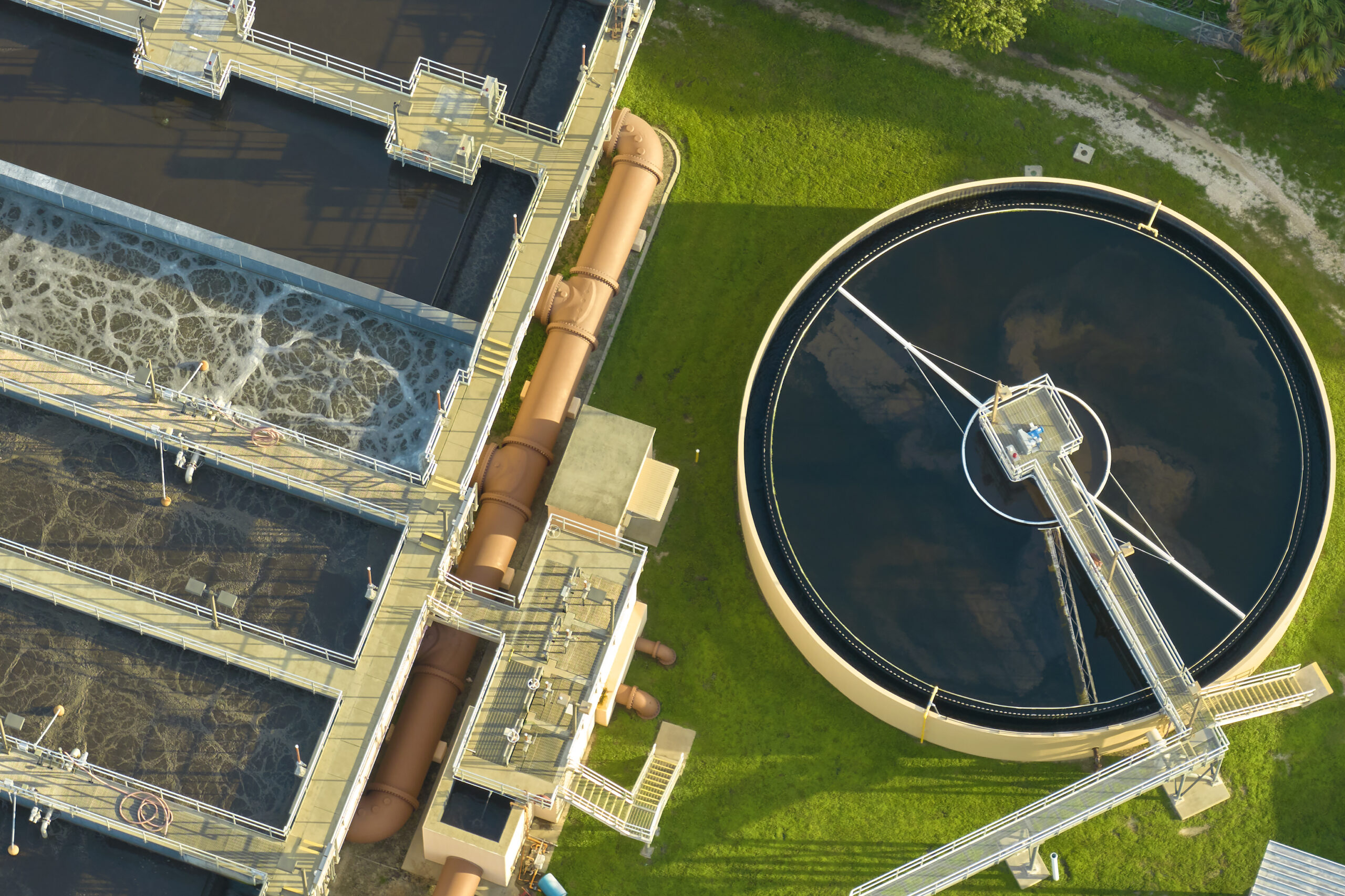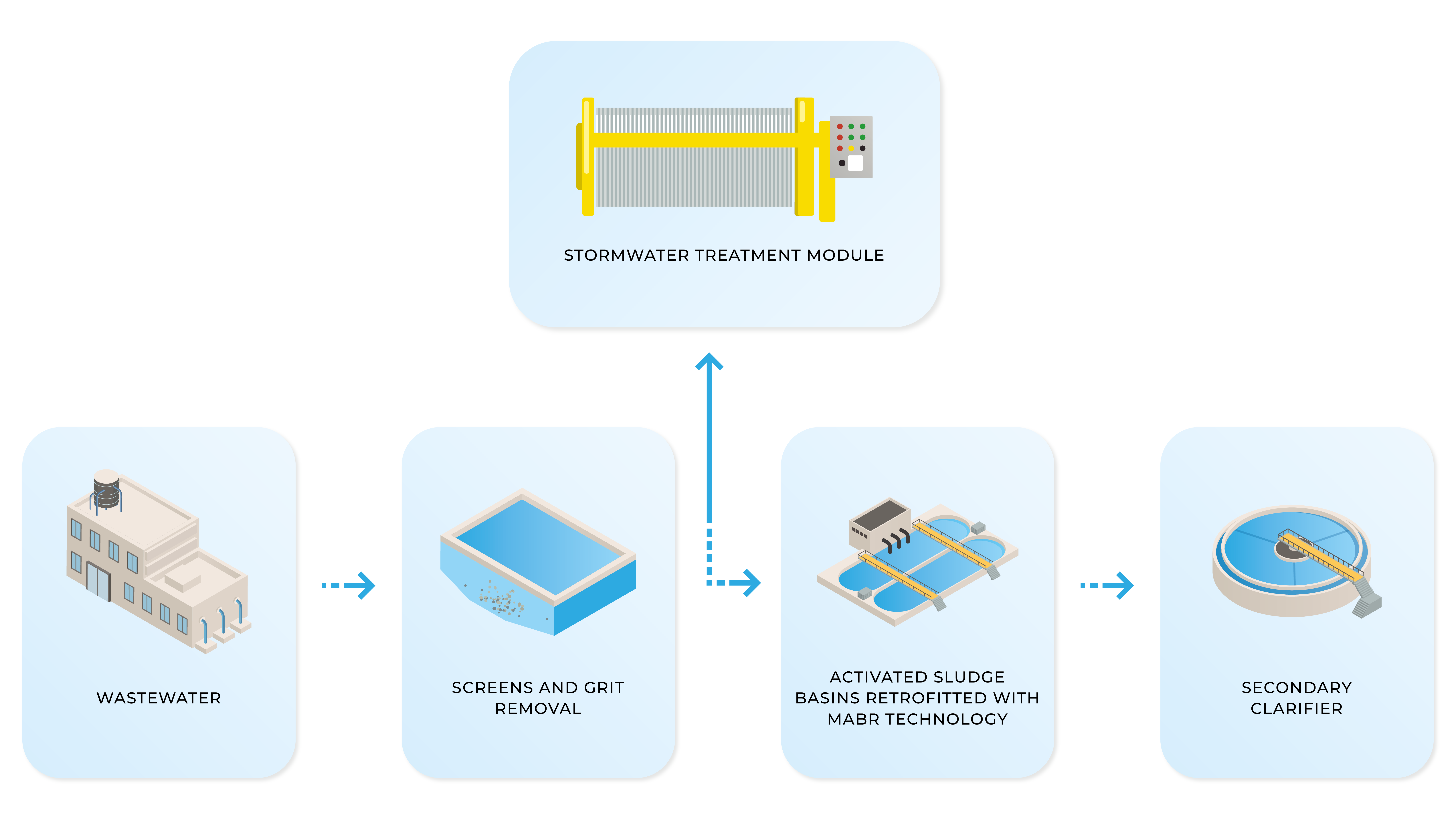
Climate change is leading to an increase in torrential and extreme rainfall events, and with them an increase in negative consequences. Excessive rainfall can have a greater impact than it appears to have on both inhabited areas and the natural environment. For example, when a town is flooded, in addition to the damage to people and property, there is always associated pollution and runoff.
The truth is that, even without reaching extreme situations, a greater amount of rainfall than the sanitation system is prepared to handle can end up causing untreated water to be discharged into the environment, either because there is no capacity to store it in the Wastewater Treatment Plants (WWTP), or because the piping and sewage system is overwhelmed.
As our climate is changing and intensifying its most extreme phenomena, the need to create efficient systems to deal with excess precipitation becomes more evident than ever. When undertaking projects to minimise the effects of stormwater, a multitude of factors must be taken into account. These considerations start with design and the desire to ensure that the requirements of each site are met, as well as regulatory requirements and expected flows.
As part of the LIFE RESEAU actions, it is planned to equip the Søndersø WWTP with a Storm Water Treatment Module (SWTM), a novel solution that will allow the mechanical filtering of the water deposited in its storm tank. This technology will simplify the treatment process for those waters that require a lower level of treatment, optimising the operation of the WWTP and making it more resilient to climate change.


